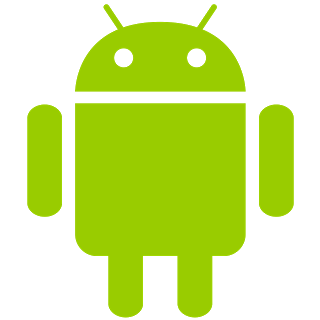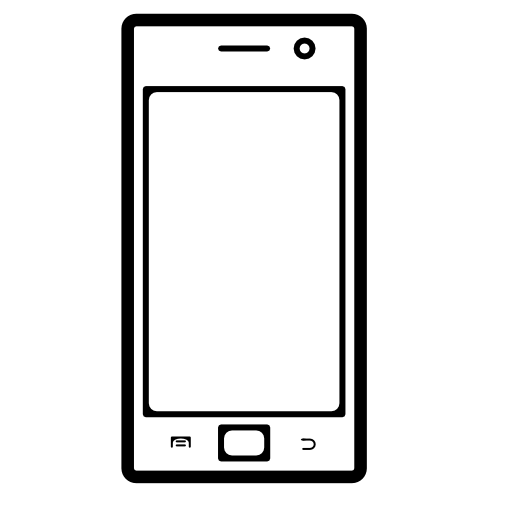 WEB106 – 1-Day Programming Web Apps using Node.js
WEB106 – 1-Day Programming Web Apps using Node.js
Node.js is an open source, cross-platform runtime environment for creating Web apps and Web services. Node.js apps are written using JavaScript, and it provides an event-driven architecture and a non-blocking I/O API that enhances an application’s throughput and scalability. Using Node.js, you can even write your own Web server!
In this course, you will learn how to get started with Node.js and how to use it to write some cool Web applications and REST services.
 AND303 – 1-Day Advanced Android – Bluetooth Low Energy Programming
AND303 – 1-Day Advanced Android – Bluetooth Low Energy Programming
In recent years, we have seen a proliferation of Bluetooth Low Energy (Bluetooth LE) devices. Bluetooth LE, as its name implies, uses low energy for transmitting data. This is very useful for devices that require long-battery life, such as heart rate monitor, temperature sensors, etc. In Android, Bluetooth LE functionalities weren’t supported at the platform level until Android 4.3.
Beginning with Android 4.3, you can now write applications that use Bluetooth LE. Your application can now connect to heart monitors, as well as temperature sensors using Bluetooth LE.
 IOT201 – Applied Python Programming
IOT201 – Applied Python Programming
Python is a high-level programming language that is widely in use. Python code is readable, and its syntax ensures programmers write code that is well-indented and clear. Python is supported on most platforms and is well suited for a wide variety of tasks – ranging from automating your daily platform tasks, to running as a standalone Web Server.
In this course, you will learn about the Python language, as well as explore the different types of projects that you can develop with it.
 IOT203 – Machine Learning using Azure Machine Learning Studio and R
IOT203 – Machine Learning using Azure Machine Learning Studio and R
In this 2-day workshop, you will be introduced to Machine Learning using the Microsoft Azure Machine Learning Studio. You will learn what is machine learning, and how it can be useful to your organization. You will also learn the various machine learning algorithms and work through some real-life examples.
 IOT205 – Introduction to Machine Learning using Python
IOT205 – Introduction to Machine Learning using Python
In this 2-day workshop, you will be introduced to Machine Learning using Python. You will learn about the various libraries used in Python for machine learning, as well as the fundamental principles of some common machine learning algorithms.
 MOB105 – 2-Day Cross Platform Mobile Apps Development using React Native
MOB105 – 2-Day Cross Platform Mobile Apps Development using React Native
In this 2-day workshop, you will learn the fundamentals of building cross-platform mobile apps targeting iOS and Android devices using React Native. React Native lets you build mobile apps using only JavaScript, without the need to use languages like Objective-C, Swift, or Java. Although you write JavaScript with React Native, the components you define will end up rendering as native widgets on the respective platforms. Hence, React Native allows you to write truly native applications, with the ease and speed of development and debugging using JavaScript.
 HRD101 – 1-Day Getting Started with Raspberry Pi
HRD101 – 1-Day Getting Started with Raspberry Pi
The Raspberry Pi 2 is a low-cost (US$35) credit-sized computer that connects to your TV and keyboard. Running Linux as the operating system, it can be used for many purposes such as word-processing, games, spreadsheets, web browsing, and more; almost everything that you can do with a regular computer. What’s more, using the Raspberry you can connect the general purpose input and output (GPIO) pins right on the board to drive external hardware such as LEDs, motors, and relays.
 A cryptocurrency is a digital asset designed using cryptography to
work as a medium of exchange for a transaction. By now, you should
have heard of Bitcoin, the first decentralized cryptocurrency that is widely in use today. And in addition to Bitcoin, there exist a number of alternative
cryptocurrencies, one of which is known as Ether.
Ether is a cryptocurrency like Bitcoin, except that it
runs on its own network called Ethereum.
A cryptocurrency is a digital asset designed using cryptography to
work as a medium of exchange for a transaction. By now, you should
have heard of Bitcoin, the first decentralized cryptocurrency that is widely in use today. And in addition to Bitcoin, there exist a number of alternative
cryptocurrencies, one of which is known as Ether.
Ether is a cryptocurrency like Bitcoin, except that it
runs on its own network called Ethereum.














